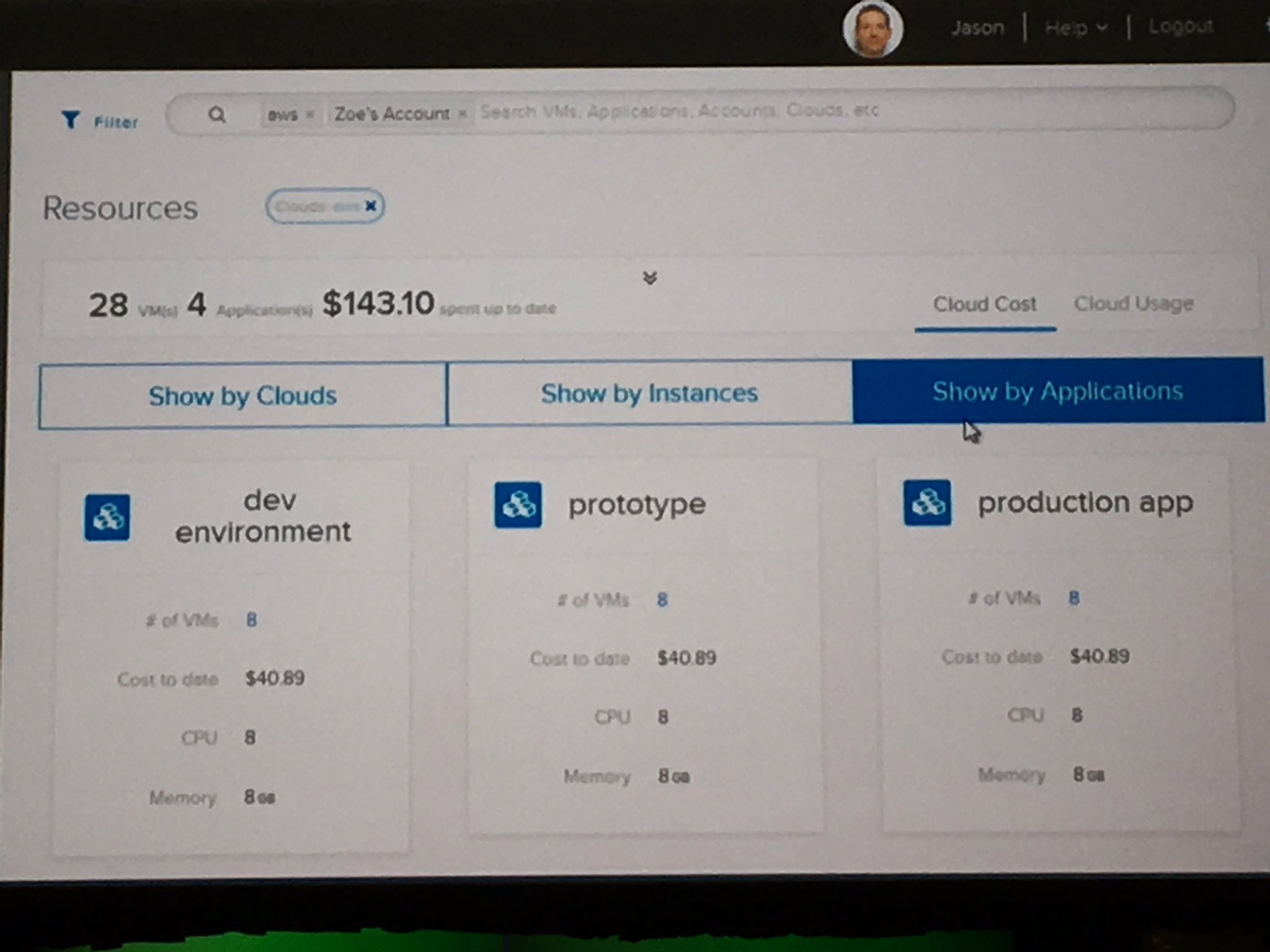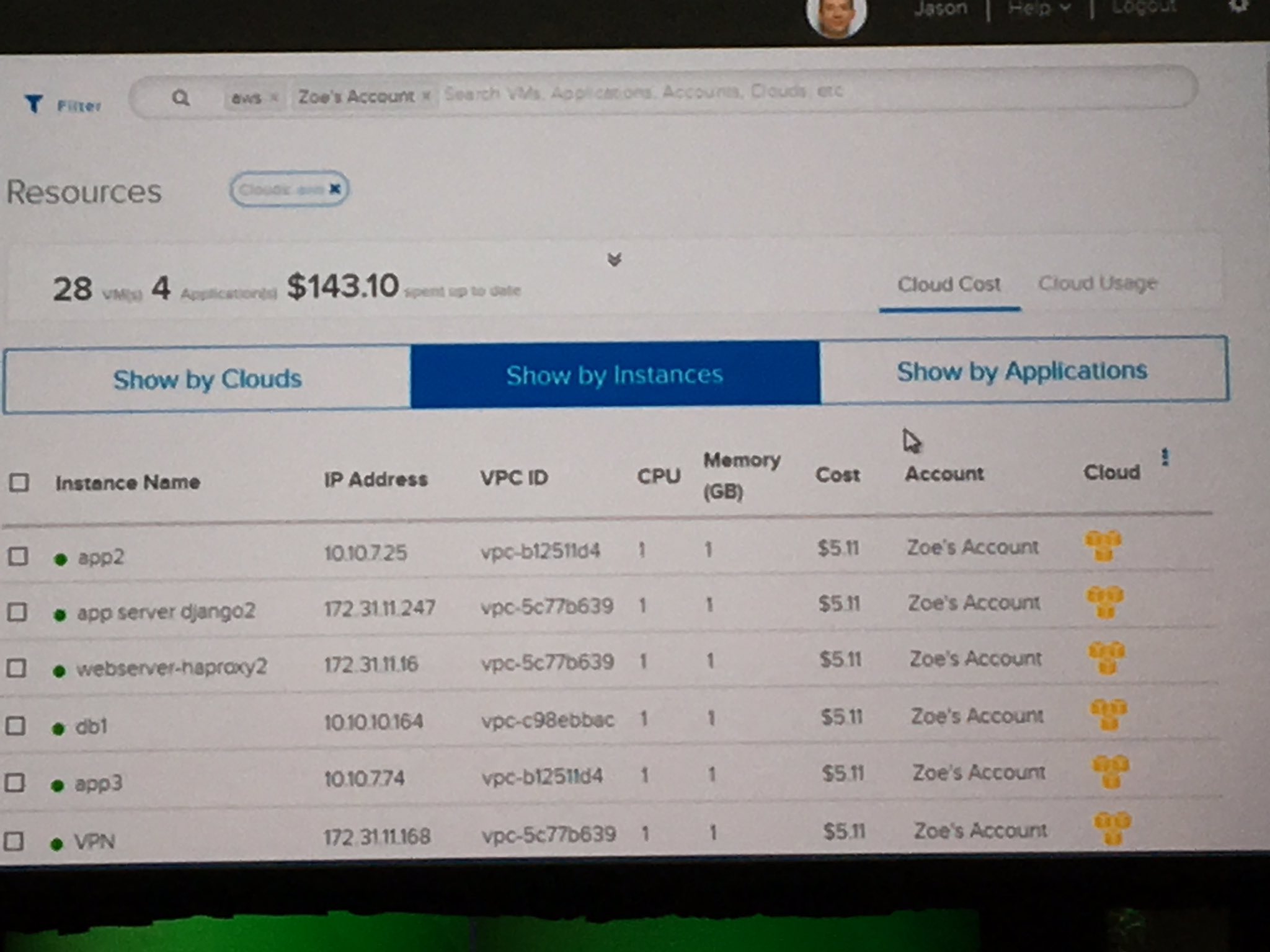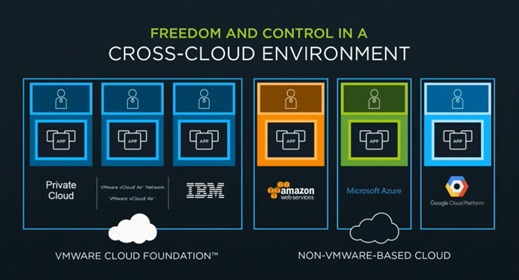VMworld US 2016 Buzz: Day 1 General Session Thoughts
Adding some more colour to the highlights from my VMworld US 2016 coverage:
- VMworld US 2016: The Day 0 Buzz
- VMworld US 2016: The Day 1 Buzz
- VMworld US 2016: The Day 2 Buzz
- VMworld US 2016: The Day 3 Buzz
- VMworld US 2016: The Day 4 Buzz
 This is VMware’s opportunity to articulate its strategy and help us understand where it is heading. I was not expecting too much technical information but rather some announcement highlights and a sense of how relevant VMware is in a rapidly changing cloud world. The theme of this year’s show is “be_Tomorrow” rather than 2015s “Ready for Any”. So, are we moving from a sort of getting ready for something phase to actually deploying the technology our future businesses can use?
This is VMware’s opportunity to articulate its strategy and help us understand where it is heading. I was not expecting too much technical information but rather some announcement highlights and a sense of how relevant VMware is in a rapidly changing cloud world. The theme of this year’s show is “be_Tomorrow” rather than 2015s “Ready for Any”. So, are we moving from a sort of getting ready for something phase to actually deploying the technology our future businesses can use?
CEO Pat Gelsinger started talking about his perspective on the industry of digital business (does anyone ever talk about analogue business!?) and of course on the state of the cloud. Poor Pat was recovering from a foot injury 10 weeks ago and still had to walk around the stage for 90 minutes.
The keynote had lots of customer references starting with GE and CVS pharmacy.
Pat then went through some figures showing cloud adoption. The forecast is 50% cloud usage (public and private) by 2021 and 50% public cloud adoption by 2030. I still wonder how people work out whether they actually have a private cloud. IoT was also mentioned, there will be 18 billion devices connected by 2020. Cloud IT is permeating the business and the physical world with IoT.
So, on to the announcements. I’ll be honest, I don’t think they did a great job articulating the why of what they are announcing. VMware has two issues which it is trying to work around. It has a portfolio that is difficult and expensive to integrate, this is hampering adoption of for example vRealize and also NSX. Secondly, VMware is seen as less relevant in the public cloud space due to a very traditional operating model for vCloud Air and a ever changing technology stack for its cloud software.
I find the terms used and sometimes products delivered over the years don’t necessarily build on each other and it feels like VMware is having to change tack a little too often. I will go further to say I believe the less than hoped for uptake of actual private cloud deployment rather than just standard virtualisation is directly due to the complexity of deploying VMware’s automation and cloud management platforms. Having both vCloud Director as well as vRealize as competing yet sometimes complimentary offerings has been crazy. If I had to ask how long would it take for you to set up a private cloud using VMware technologies, what would you say? Later on in the show I spoke to a number of VMware employees who say this is being recognised and a major focus is being spent on simplicity, about time!
VMware Cloud Foundation
VMware Cloud Foundation is a “VMware’s unified Software-Defined Data Center (SDDC) platform for the private and public cloud”. Their words not mine obviously. This bundles together vSphere, VSAN and NSX into an integrated stack to solve the deployment pain customers currently have.
I really want private cloud in a box that I can deploy very easily, hence my initial point, this could be moving towards this, hopefully VMware is getting over the integrators wanting professional services money for deploying complex VMware solutions, it shouldn’t be hard and shouldn’t cost you.
Together with the VMware Validated Designs, VMware looks like it is really opening up what the design should be for your private clouds and now how to deploy it. Think Azure stack and this is where they are targeting at least from a deployment stand point. Match that up with hyper-converged and you should be able to get your infrastructure up and running much more quickly. Hyper-converged with the hardware and Cloud Foundation for the software.
However as you may have spotted, Cloud Foundation doesn’t actually give you a cloud, there’s no vRealize anything. vRealize is the most complicated part to set up, I like the idea of Cloud Foundation but you need some cloud software or its just virtualisation.
As for specifics, Cloud Foundation has the new VMware SDDC Manager which is the smarts that shortens the stack deployment time, automating the installation, creation of management clusters and the deployment of infrastructure VMs. SDDC Manager also automates the configuration of physical networking, VLANs, storage, etc. as well as providing one click patching/ upgrading process of the whole stack including vCenter (Nutanix would always mention they’ve done this for years!)
What is interesting however is that Cloud Foundation can also run as a service from the public cloud providers, initially IBM but likely to expand. VMware is not even attempting to run this from vCloud Air, an olive branch to at least one of its partners?
It still looks like a infrastructure deployment tool. OK, that’s step one but we need actual cloud management too.
VMware Cloud Foundation is expected be generally available in Q3 2016.
Cross Cloud Services
Cross-Cloud Services is announced as a Tech Preview which is a SaaS offering to be able to look across clouds to see usage and costs as well as giving a consistent networking view with NSX. It will also allow you to automate the migration of applications and data across vSphere and non-vSphere private and public clouds.
What was good in the demo was being able to have an application view so if your app is deployed across multiple clouds you can see the mappings, useful.


This is potentially big news from VMware. I truly believe we will move from enterprise silos of DBA, storage networks etc. to silos defined by clouds so your Azure team, AWS team etc.
If VMware can convince customers to buy a pan-cloud operational system, that could be very interesting. The problem is all the cloud companies are not equal and they want to provide the value add of the management of their clouds, whether VMware can achieve this with competitors remains to be seen and I would imagine everyone would like to get into the cross cloud management game.
Other announcements not really covered in the keynote were:
VMware vCloud Availability for vCloud Director
This will allow vCloud Air Network service providers to offer cloud-based DR services using vSphere replication.
VMware vCloud Air Hybrid Cloud Manager
The latest version of Hybrid Cloud Manager allows extending on-premises networks to vCloud Air over SD-WAN, so a stretched network. There is also zero downtime, bi-directional migration of entire apps, as well as migration of NSX security policies to vCloud Air Advanced Networking Services. VMware says customers can move virtual machines up to 20x faster with an optimised network.
Clouds
Back to clouds and some of my thoughts.
VMware hasn’t had a huge amount of success with its vCloud Air public cloud compared to AWS and Azure and in my opinion shouldn’t have competed against its own partners in the now vCloud Air Network. Add to that the conflict / competition with Virtustream. VMware says its customers asked for a VMware branded cloud which it then built based on request. They should have simply and politely said that’s not the best way and helped customers move to a VMware run cloud by a partner. Interestingly there is a big push to partner with IBM with Softlayer to do just this, I wonder whether the other partner are happy that IBM is getting all the cool stuff.
VMware may be struggling to run its own public cloud but with its clever NSX technology it is able to also do something else and is now moving aggressively into linking multiple clouds together.
VMware correctly realises that hybrid cloud doesn’t actually exist as a one-to-one relationship between a particular public and private cloud but customers are rather heading to a multi-cloud world where they will use the best cloud suited to the job, they may have some on AWS EC2, some containers somewhere, some on Azure, some private on premises vSphere, some private hosted vSphere with say IBM Softlayer or some public on vSphere via another cloud provider. NSX can tie all of these together at a secure networking layer. It may not be sexy but its a way VMware can start to manage multiple clouds. Having a cross cloud network security policy for firewalls is attractive.
 Part of the NSX use-case is policy based provisioning so your DevOps workflows can now create the cloud networks you need. I’m hoping we’re moving beyond the perceived need to vMotion VMs across clouds. Although that sounds like a great idea, its founded on the portability of an app being at the VM level. Apps are evolving to cloud native microservices. What we really need is to be able to instantiate the microservices in any cloud automatically and create the secure networks to link these microservices together.
Part of the NSX use-case is policy based provisioning so your DevOps workflows can now create the cloud networks you need. I’m hoping we’re moving beyond the perceived need to vMotion VMs across clouds. Although that sounds like a great idea, its founded on the portability of an app being at the VM level. Apps are evolving to cloud native microservices. What we really need is to be able to instantiate the microservices in any cloud automatically and create the secure networks to link these microservices together.
I would expect vRealize to start further embracing management of multiple clouds. Cloud has/will become the next enterprise silo with different processes and procedures managed by different internal teams. If one of the points of DevOps is to break down silos then we need to ensure we’re not creating future cloud silos.
Pat only briefly touched on hyper-converged which I see as the deployment model for 80% of standard on-premises infrastructure. It won’t replace everything yet but the days of curating your own disaggregated hardware and software stack is just not worth it. The simplicity of hyper-converged will win.
Michael Dell then came on stage to reiterate and reassure that all is well with the deal, the marriage was a done deal on the 7th September.
The general feeling was the announcements were not very impressive, perhaps we are expecting too much after big headline releases over the past few years but most people I spoke to felt meh. We’re not getting the VMware Cloud story, it doesn’t come across as a solution which is building on what’s come before but rather finding anything that sticks.
You can view the entire key note here:
http://www.vmworld.com/en/us/learning/general-sessions.html






Recent Comments